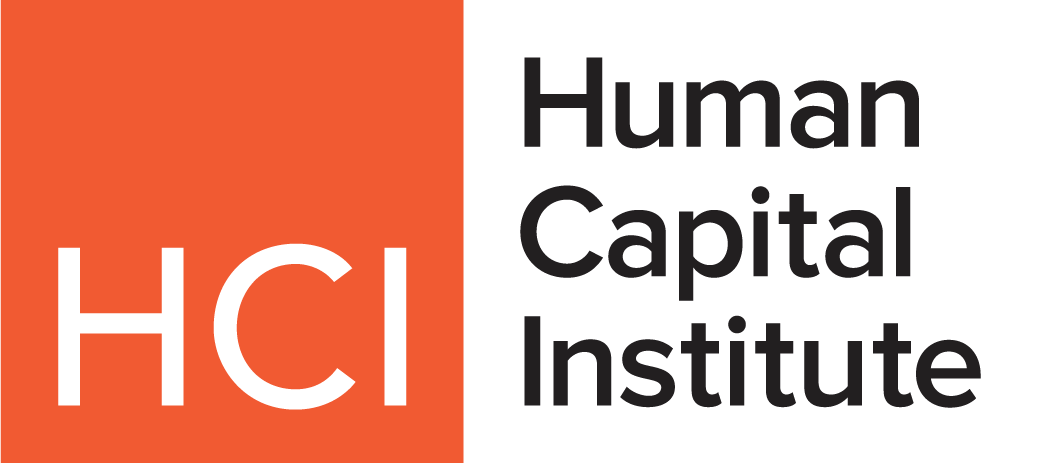If you’re reevaluating your employee recognition system, you’re not alone. Many HR leaders are confronting a hard truth: the traditional models of praise and reward aren’t landing the way they used to—or worse, they’re demotivating the very people they were meant to inspire.
As a social psychologist, I’ve spent my career studying emotional needs, motivation, and the neuroscience of what makes people feel seen, valued, and fulfilled. In The Emotionally Agile Brain, I outline twelve core emotional needs that drive human behavior—recognition is one of them. And while organizations are quick to embrace the idea of recognition in theory, they often miss the mark in practice.
If your recognition efforts aren’t hitting home, these five psychological pitfalls may be the reason why.
1. Recognition Without Understanding Why It Matters
A common mistake is assuming that all recognition is good recognition. It’s not. A generic “great job!” email or a gift card handed out without context may demonstrate “appreciation”—but it’s not emotionally relevant. In fact, it can have the opposite effect: making employees feel like their unique efforts are being lumped into a performative routine.
HR leaders need to begin with a clear understanding of the emotional need they’re trying to fulfill. At its core, the need for recognition isn’t about fleeting praise or material perks—it’s about meeting the deeply human need for esteem, affirmation, and genuinely earned respect. Respect can’t be handed out like a trophy. It also cannot be sought directly: It emerges naturally as a byproduct of positive social behaviors of doing one’s duty, respecting, including, and caring for others. In this way, real recognition is a result of personal integrity and ethics.
This is a critical point. Meaningful recognition presents the opportunity to demonstrate the organization’s values by holding up individuals who truly embody these values as models for the behavior of others.
When recognition feels hollow or performative—when it’s reduced to applause without substance—it can actually undermine the very need it’s meant to meet. In contrast, employees feel truly valued when their contributions are connected to shared purpose and when their character, not just their output, is acknowledged. Systems built on quick wins or popularity contests—what I call the “instant fame” approach—may momentarily spark excitement (more typically, these spark embarrassment in the one recognized and resentment in those unrecognized), but they fail to satisfy the deeper craving for lasting, earned respect. For HR leaders, this means designing recognition practices that reinforce integrity and meaningful impact—not just fleeting metrics or one-off accomplishments.
Emotional relevance means tailoring recognition so that it resonates with the individual’s sense of identity and values. When we recognize someone meaningfully—acknowledging what they did, why it mattered, and how it reflects their character—we activate the deeper motivational circuits in the brain. This kind of recognition fulfills the emotional need for being genuinely appreciated.
Avoid this pitfall: Move beyond blanket praise. Be specific, timely, and heartfelt. Make it clear you truly understand the contribution being made, how it connects to the overall mission, and how it exemplifies the character of the person being recognized.
2. A One-Size-Fits-All Recognition Strategy
People are wildly different in how they want to be recognized. Some appreciate public acknowledgment during team meetings; others find that kind of spotlight uncomfortable or even embarrassing. Some light up at a handwritten note. Others value being asked to lead a project as a signal of trust.
One of the most respectful things you can do as an HR leader is ask. If you’re not already including recognition preferences in your onboarding or stay interviews, it’s time to start.
Avoid this pitfall: Don’t assume everyone wants praise the way you do, or at all. Recognition should be perhaps the most personalized of any element of employee experience. Always return to the notion that the approach must foster genuine respect, not checking a box.
3. Misalignment Between What’s Praised and What’s Valued
Employees take note of what gets praised—and what doesn’t. If your organization consistently celebrates outcomes (like revenue gains or project completions) but overlooks the effort and integrity behind them (like collaboration, persistence, or risk-taking), you may inadvertently signal that how work gets done matters less than the end result.
Consider this all-too-common scenario: At the company meeting, Marcus was applauded for landing a big client—even though he’d undercharged, overpromised, and left the operations team scrambling to deliver. Meanwhile, Priya’s quiet work streamlining onboarding and improving customer retention went unrecognized, signaling to other employees that short-term wins mattered more than sustainable impact.
That message undermines both morale and trust. Recognition should reflect not only performance metrics, but also the values and behaviors your organization aspires to reinforce.
Avoid this pitfall: Audit your recognition examples. Are you rewarding behaviors that align with your culture and mission? Or are you reinforcing shortcuts and heroics over teamwork and sustainability?
4. Over-Reliance on Monetary Rewards
Bonuses, perks, and financial incentives have their place, but they rarely satisfy the deeper emotional need for recognition. Why? Because money is transactional. And the recognition need is fundamentally social and relational. To that point, receiving additional money can actually interfere with good social relations.
Research consistently shows that intrinsic motivators—like immersion, mastery, and purpose—are more enduring drivers of employee engagement. When monetary rewards become the default form of recognition, employees may start to feel like they’re being bought, not appreciated. As Edward Deci’s puzzle experiment demonstrated, financial rewards often undermine intrinsic motivation; subjects who were paid for puzzle solving quickly lost interest, those who didn’t kept trying and enjoyed it. When people are rewarded for doing something they already enjoy (or already reflects their character), they begin to attribute their behavior to the external reward rather than to their own intrinsic interest. Once the reward is removed, so is the motivation.
Avoid this pitfall: Use material rewards strategically, not as a substitute for authentic acknowledgment. A heartfelt message addressing character is more effective in communicating respect than a cash prize.
5. Recognition That’s Delayed or Infrequent
Recognition is most effective when it’s timely. The emotional impact fades fast if there’s a lag between the action and the acknowledgment. Worse, when recognition is sporadic or siloed—e.g., only happening at year-end reviews or during performance evaluations—it can feel performative rather than meaningful.
Your employees are achieving small victories, modeling great behavior, and supporting each other every day. Don’t wait to notice.
Avoid this pitfall: Build lightweight, real-time recognition into the everyday workflow. Whether it’s through digital tools, peer shoutouts, or five-minute debriefs, frequency matters, particularly when it isn’t necessarily expected.
Final Thoughts
Recognition isn’t about checking a box or boosting morale with a quarterly pizza party. In fact, the “pizza party” has become the dominant meme representing bad management. (If more evidence is needed, simply refer to AppleTV’s dystopian Severance series where workers are treated to “music/dance experiences” and “waffle parties” according to the degree of progress they’ve made.)
Rather, recognition is about fulfilling a fundamental human need: the need to be seen, valued, and validated. In the workplace, this emotional need is deeply tied to motivation, loyalty, and performance.
But recognition only works when it’s designed with psychological insight. If you’re revisiting your recognition system, start by avoiding these common traps. In doing so, you’ll not only steer clear of missteps—you’ll pave the way for meaningful, motivating practices that truly connect.
Click here for Part 2 of this article series on how to use 5 research-backed ways to make your recognition system work.
J.D. Pincus, PhD is Chief Innovation Officer at Leading Indicator Systems (d/b/a AgileBrain) as well as the author of The Emotionally Agile Brain: Mastering the 12 Emotional Needs that Drive Us (Rowman & Littlefield). If you’d like to learn more about his work and methodologies, visit https://agilebrain.com and click the “Try AgileBrain for Free” button to experience the 3-minute assessment for yourself.




